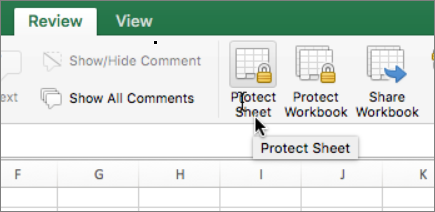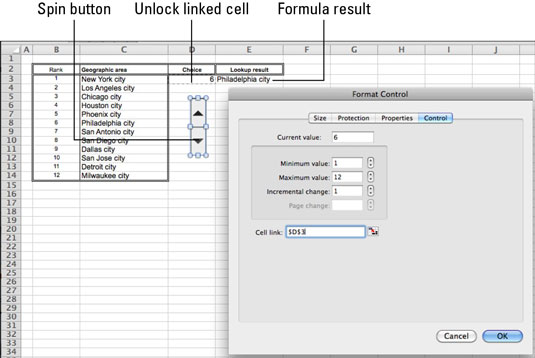
If you can't view the Format button, please click the Options button firstly. Step 2: Click the Format button in the Find and Replace dialog box. You can also open this Find and Replace dialog box with pressing the Ctrl + F keys. Step 1: Click Home > Find & Select > Find to open the Find and Replace dialog box. It might seem counterintuitive, but hey, that’s Office for you.Actually, we can find out all locked cells in active worksheet with Find command by following steps: Start by selecting the cells you do not want to be locked. Whatever the reason, you can easily lock only certain cells in Microsoft Excel. For example, you might have an important formula or instructions that you want to keep safe. Sometimes, you may only want to protect specific cells from editing in Microsoft Excel. Note that the protection is entirely removed and that you’ll need to protect the sheet again if you want. If you need to remove that protection, head to the “Review” tab and click the “Unprotect Sheet” button.

UNLOCK CELLS EXCEL FOR MAC PASSWORD
Re-enter the password you made to confirm that you remember it and then click “OK.” For example, you might want to allow people to format, but not delete, rows and columns.Ĭlick “OK” when you’re done selecting permissions. Select the permissions you would like users to have for the worksheet after it is locked. This type of protection prevents people who don’t have the password from making changes at the workbook level, which means they won’t be able to add, remove, rename, or move worksheets. The final way you can add protection at the workbook level is by protecting the workbook’s structure. To remove the read-only setting, head back to the File menu, click the “Protect Workbook” button again, and toggle the “Always Open Read-Only” setting off. Now, whenever anyone (including you) opens the file, they get a warning stating that the file’s author would prefer they open it as read-only unless they need to make changes. It doesn’t offer any real protection because anyone who opens the file can enable editing, but it can serve as a suggestion to be careful about editing the file. Making a workbook open as read-only is super simple. Only this time, make the password field blank and then click “OK.” If you ever want to remove the password protection from the file, open it up (which of course requires you to provide the current password), and then follow the same steps you used for assigning the password. But, after you close it, the next time you open it, Excel will prompt you to enter the password. Type your password again to confirm and then click “OK.” Excel does not provide any way to recover a forgotten password, so make sure you use one you’ll remember. Note: Pay attention to the warning in this window. In the Encrypt Document window that opens, type your password and then click “OK.” Click the “Protect Workbook” button and then choose “Encrypt with Password” from the dropdown menu. You’ll see the “Info” category by default. To set it up, open your Excel file and head to the File menu. You have three choices when it comes to protecting an entire Excel workbook: encrypt the workbook with a password, make the workbook read-only, or protect just the structure of a workbook. You can even combine the protection of those different levels for different effects. Technically this method involves protecting a worksheet and then allowing certain cells to be exempt from that protection.


Worksheet: You can protect the data on individual worksheets from being changed.And you protect the structure of a workbook so that anyone can open it, but they need a password to rearrange, rename, delete, or create new worksheets. You can make the file open as read-only by default so that people have to opt into editing it. You can encrypt it with a password to limit who can even open it. Workbook: You have a few options for protecting a workbook.Protection in Microsoft Excel is password-based and happens at three different levels. Fortunately, Microsoft Excel provides some pretty good tools for preventing people from editing various parts of a workbook.


 0 kommentar(er)
0 kommentar(er)
